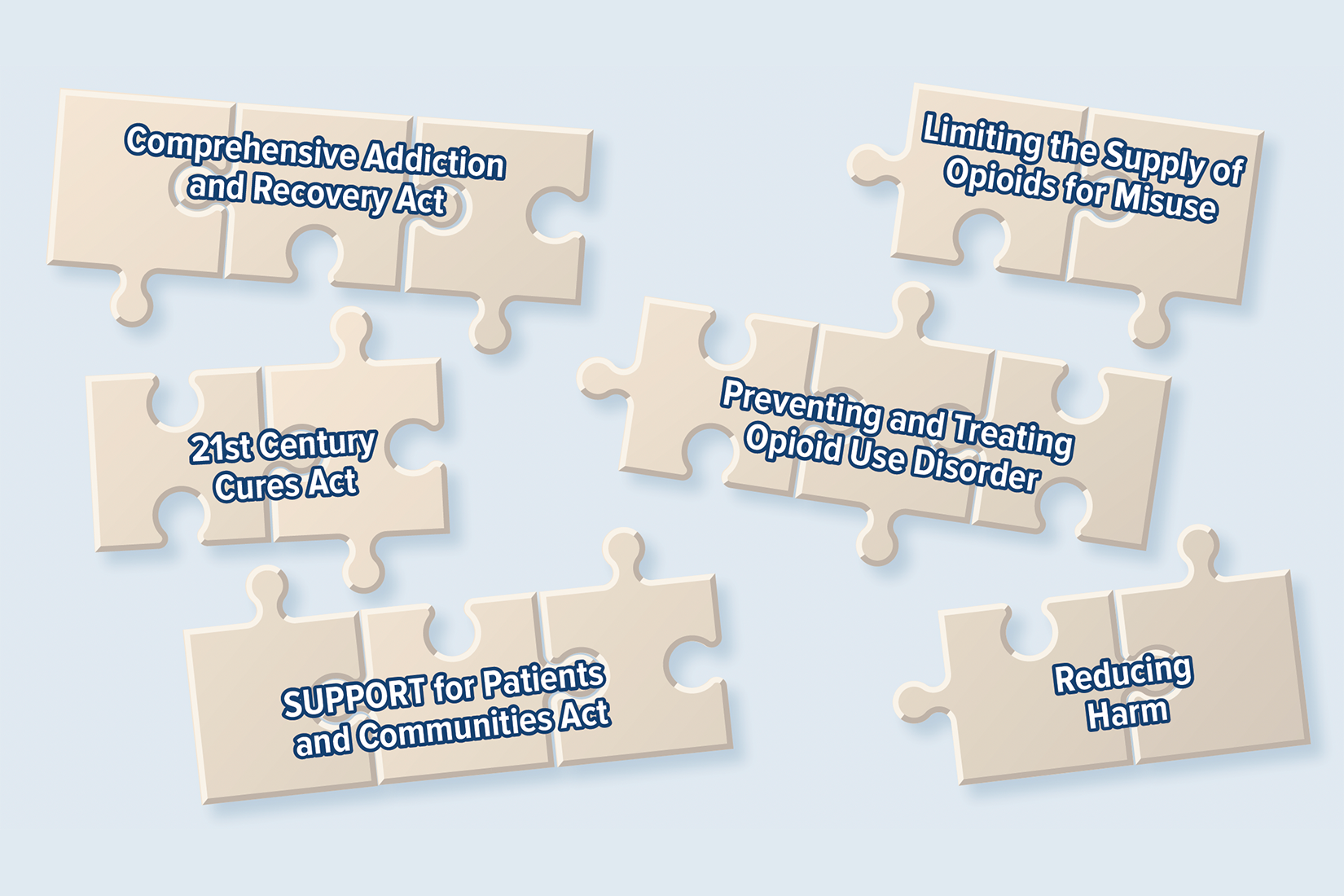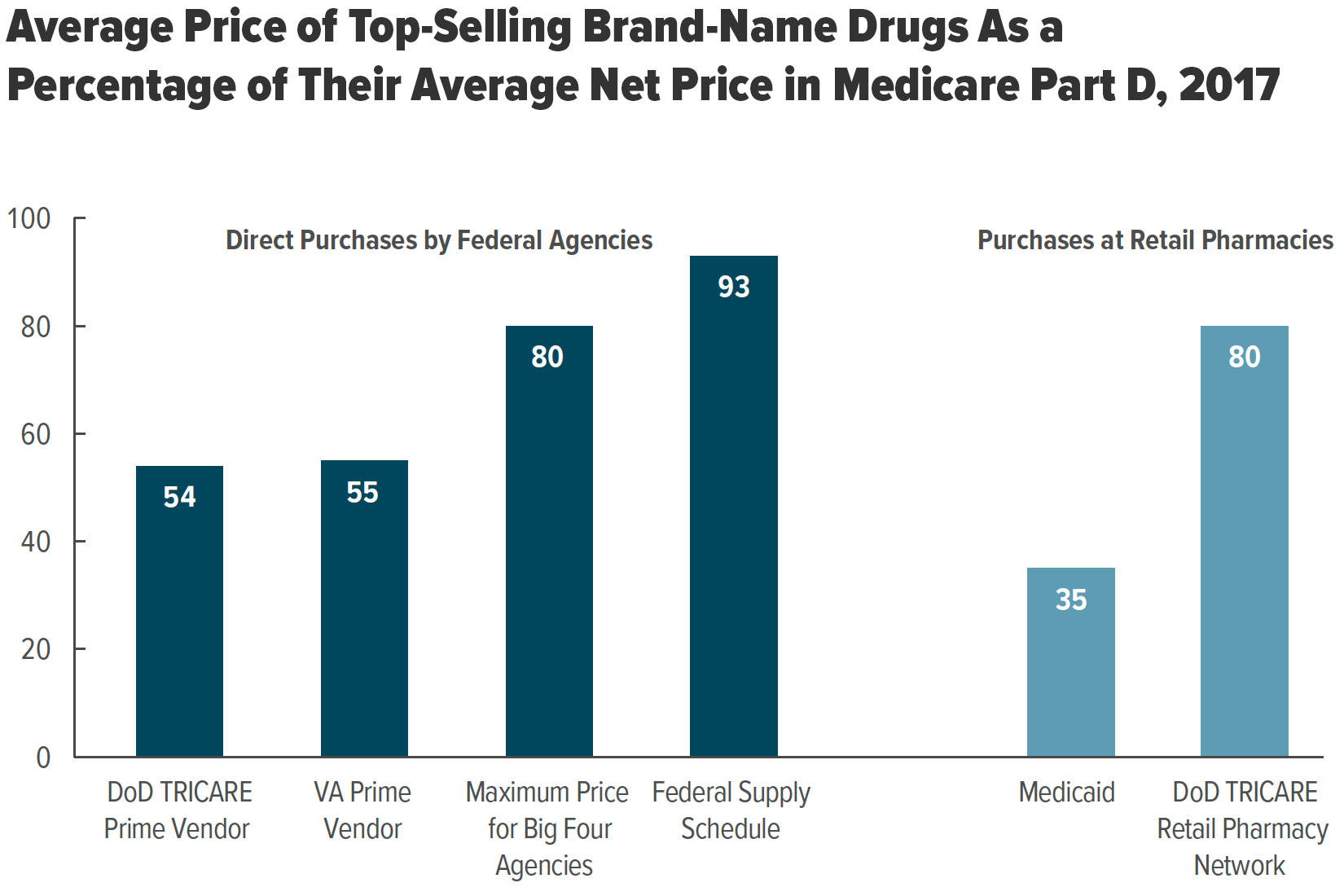To enhance its work for the Congress, CBO is looking for new research on factors that affect the use of anti-obesity medications and the impact of that use on other health care spending.
Prescription Drugs
- Report
CBO issues a volume that contains short descriptions of 59 policy options that would each reduce the federal budget deficit by less than $300 billion over the next 10 years.
- Report
CBO describes the effects and evolution of the opioid crisis in the United States, the factors that have contributed to it, the laws enacted to address it, and the effects of the coronavirus pandemic on the crisis.
- Report
CBO examines trends in nationwide spending on prescription drugs over the 1980–2018 period. CBO also provides a detailed analysis of trends in spending, use, and prices in the Medicare Part D and Medicaid programs over the 2009–2018 period.
- Report
CBO assesses trends in spending for prescription drug research and development (R&D) and the introduction of new prescription drugs. CBO also examines factors that determine how much drug companies spend on R&D.
- Report
CBO describes how the prices of brand-name prescription drugs are determined in different federal programs and compares drug prices among those programs in 2017.
- Report
This report describes the primary features of single-payer systems, and it discusses some of the design considerations and choices that policymakers will face in developing proposals for establishing such a system in the United States.
- Report
In 2015, brand-name specialty drugs accounted for about 30 percent of net spending on prescription drugs under Medicare Part D and Medicaid, but they accounted for only about 1 percent of all prescriptions dispensed in each program.
- Report
Why has Medicare's prescription drug program cost less than anticipated when the program was created? How has competition between plan sponsors affected spending? How do Medicare Part D drug prices compare to those in Medicaid?










